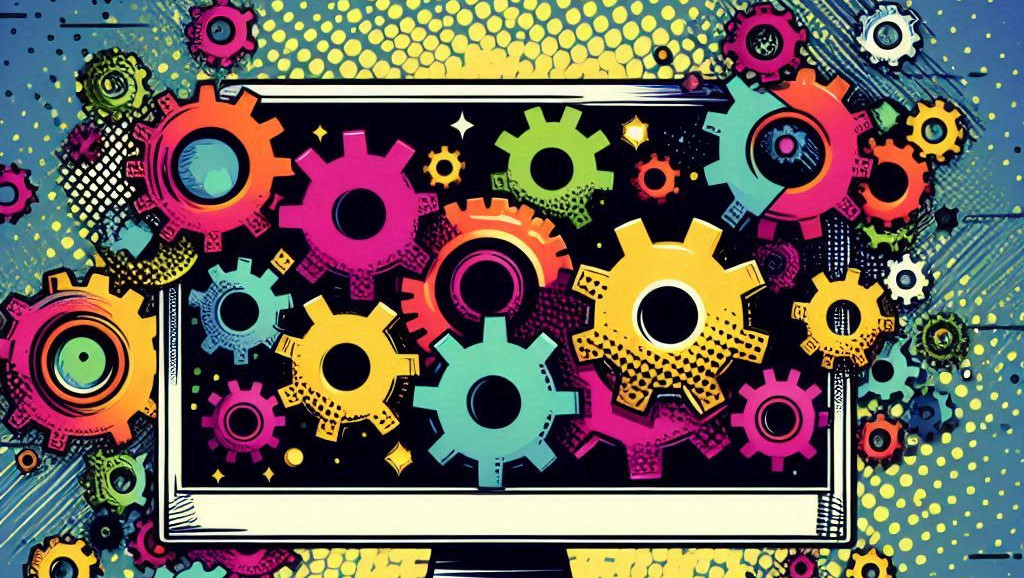Azerion's Roxanne Harley on Fragmentation Fatigue, the Four Omnichannel Disciplines and Activation in Action
by on 2nd Sep 2025 in News

Roxanne Harley, head of growth at Azerion UK, expands on the biggest challenges advertisers are facing this year, focusing on fragmentation. She examines what's needed to make omnichannel campaigns work, and details how unified activation in action can look.
What are the main challenges advertisers face in 2025?
Fragmentation fatigue. Every year there’s a shiny new platform or format, and suddenly brands are juggling a Frankenstein stack of point solutions. The result? Campaigns that take forever to plan, brand messages getting lost in translation, wasted spend on tech fees and measurement that feels like guesswork, while audiences end up being bombarded with repetitive or irrelevant ads. In short - everyone loses.
How does connected omnichannel advertising (COA) fix this?

Understanding the customer is the most important thing we can do to drive ad effectiveness. We know this, but all too often it’s forgotten in the hustle of planning cycles, CPMs, and channel briefs. COA is the bridge between planning and activation that can get lost in the fragmented media landscape.
Think of COA as an escape hatch from silo madness. Instead of different teams running CTV over here, DOOH over there, and digital somewhere else, it’s all pulled together into one unified campaign. You plan, activate across all relevant channels, and measure holistically. That means the brand message follows the customer journey - not the other way around.
And the customer journey is at the heart of COA; it’s critical to understand people's mindsets and, from that, what channels to activate when and with what messaging. Our recent ‘Memorable Connections’ research reinforced our thinking here; analysing the responses of 10,000 participants in the UK, the study explored the relationship between peoples’ frame of mind and how receptive they were to ads, with variables including channels, times of day, regions and demographics. We know that bringing together supply, data, technology and creativity allows brands to connect with audiences in a memorable and relevant way that is personal to them (while avoiding anything that could be perceived as ‘creepy’).
What role do media, data, technology, and creativity play?
We see this ‘team’ as the four disciplines needed to make omnichannel work - with each solving a different piece of the fragmentation puzzle.
- Media is about reach with relevance. It’s not just ticking boxes or premium supply across CTV, DOOH, audio, gaming, and display - it’s sequencing them intelligently, so the customer journey feels coherent rather than chaotic.
- Data is the intelligence layer. It ensures every decision is grounded in real behaviour and outcomes, via spatial, contextual and unifying profiles, so targeting is based on people and mindsets, not cookies.
- Technology is the enabler. Our integrated platform cuts out duplicated workflows, siloed buying, and guesswork. It lets you plan, buy, activate, and measure as one.
- Creativity is the differentiator. Without adaptive, channel-aware creative, all the tech and data in the world won’t stop ads from blending into the background.
When these four are connected, advertisers stop firefighting fragmentation and start building campaigns that deliver both efficiency and impact.
Can you give examples of unified activation in action?
One of the most eye-opening insights from Cannes this year came from research by Professor Felipe Thomaz (Oxford) and Stuart Boden (WPP): 84% of purchase decisions are made before active buying even begins. Across categories, that means brand preference - built steadily over time - drives the majority of outcomes. The old funnel? It’s dead. People don’t move in a neat line from awareness to purchase. They bounce, dip, revisit, and decide when it suits them.
That’s why brand building needs to stretch across channels and time frames. A DOOH ad may spark awareness today. An interactive mobile display might deepen consideration tomorrow. A CTV spot could reinforce the story next week. And a podcast ad may be the nudge that tips someone into action. Each touchpoint plays a role at a different moment, but if they can’t be planned and measured as one, the real cumulative impact will never be seen.
Take automotive as an example. Picture a commuter driving past a DOOH billboard showing off the latest electric SUV. Later, on their phone, they explore the vehicle’s features through a rich display ad. Days later, a CTV spot ties the story together, pointing them to the local dealership. And then, while listening to a podcast, an audio ad reinforces the brand again. It’s not bombardment, it’s orchestration - the message unfolding over time, across channels, in a way that feels natural.
And we have first-hand evidence that it delivers: in one campaign, Azerion helped an auto brand generate 865 dealership visits in just 14 days, including 370 unique customers, with many coming back multiple times before deciding. Average conversion time was 4 days, with a 31.9% uplift in footfall and an average travel distance of 3.6km.
That’s the beauty of COA: it recognises that brand building isn’t one channel, one moment, or one metric. It’s the sum of orchestrated touchpoints over time. By planning and measuring them as a connected system, you stop optimising in silos and start seeing how awareness, preference, and action link together. In other words: you create momentum, not noise.
How does COA improve efficiency and effectiveness for brands, agencies, and publishers?
Brands save money because they’re not wasting impressions on fragmented, duplicated buys. They also get a cleaner read on what’s working. Agencies can spend more time on strategy and storytelling. Meanwhile, publishers win because unified buying drives higher-value campaigns across their inventory.
In short: less chaos, more clarity, and campaigns that deliver results instead of a patchwork quilt of outcomes.
Is COA the future of advertising?
Yes, because the alternative is… well, a mess. The old way is all about silos, short-termism, planning across a 125-year-old ‘funnel’ and optimising against the wrong metrics.
Underpinned by AI and technology, COA balances the science (data, tech and efficiency) with the magic (media and creativity). It ensures the right message hits the right person at the right time - and does so sustainably, and at scale. Advertising's future isn’t fragmented. It’s connected, omnichannel, and intelligent. And honestly, who wouldn’t choose that?
AdvertiserAdvertisingFragmentationOmnichannel









Follow ExchangeWire